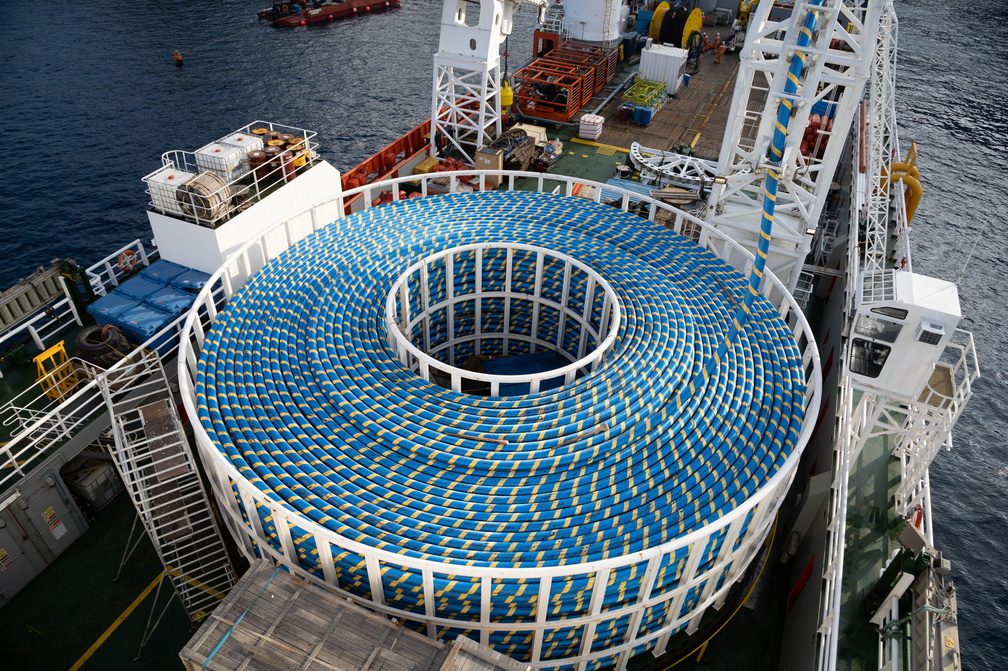Now more than ever, energy security is synonymous with the economic, political, and social security of Europe as a whole. International instability, which has been exacerbated by conflicts — most notably in Ukraine — has led to a heightened risk of crisis. Europe must respond swiftly by accelerating the green transition while simultaneously expanding and modernising its network of interconnections.
Just like the TEN-T network, linking the capital cities of the Union via high-speed trains, energy interconnections are also essential to reduce prices and increase the security of supply. It’s little wonder then that twelve European countries, including Italy, presented a position paper to the European Commission in October 2024, supporting the need to create more energy interconnections between the Union’s member states.
The position paper, which was signed by the Energy ministers of the signatory nations, makes the case that “interconnection and cross-border cooperation are key to reducing energy prices, facilitating the energy transition and the functioning of the internal market, and accelerating decarbonisation”.
In Italy, as in other countries across the continent, plentiful interconnections mean that energy can be imported whenever domestic prices are high or when production is insufficient to cover the electricity demand. This enables access to cheaper sources of energy from neighbouring countries, reducing price fluctuations and the risk of blackout. With the production of energy from renewable sources increasing, particularly solar and wind power, which are intermittent by nature, the capacity to import and export energy has become crucial in balancing the grid.




